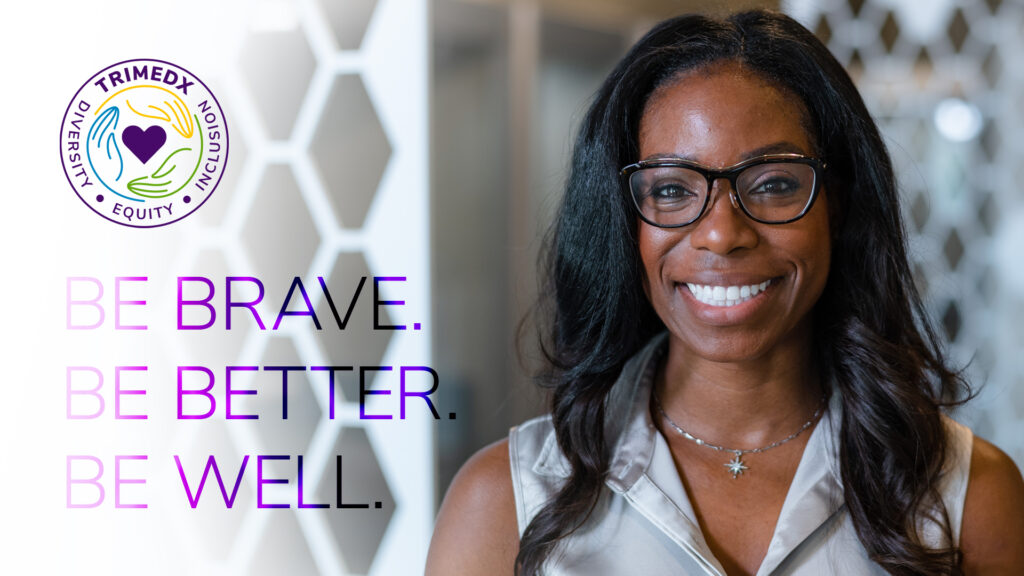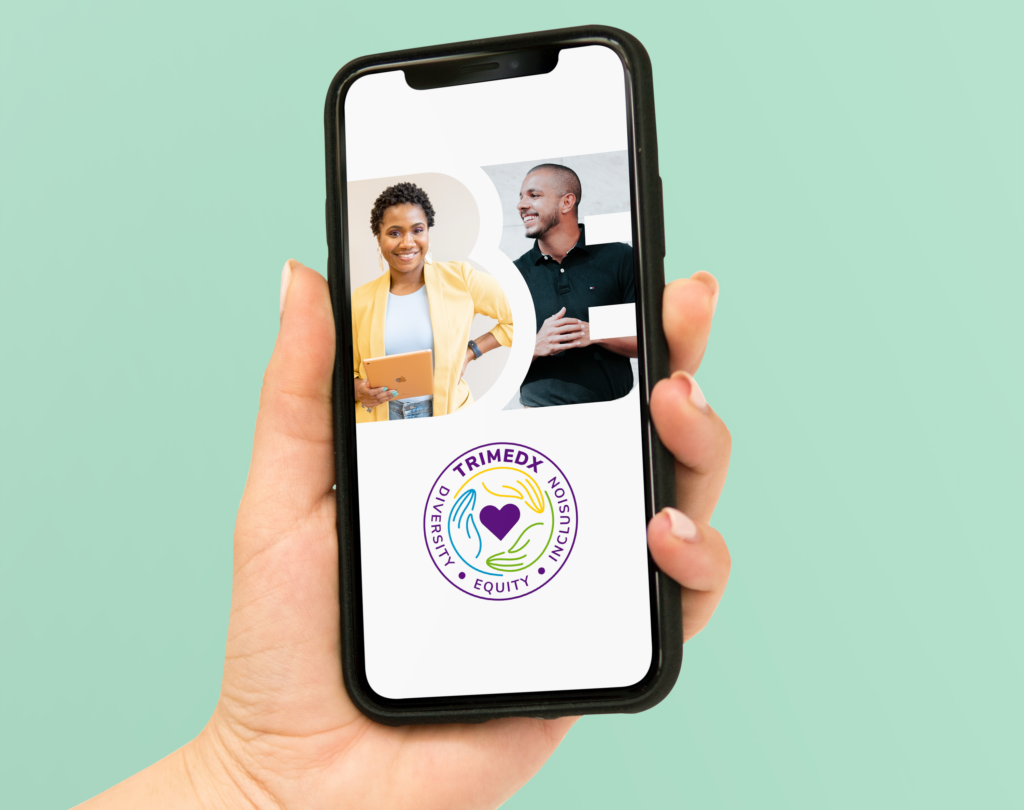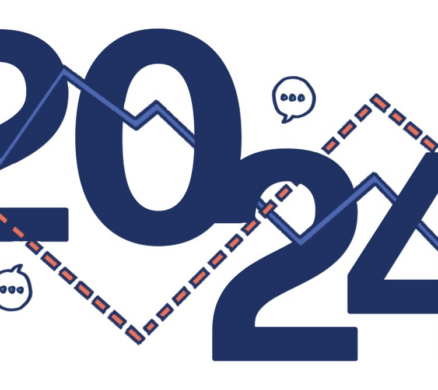

Diversity, equity, and inclusion are crucial components of any successful organization. While many tend to think of DE&I as a human resources policy, the truth is that to be successful, DE&I must become part of an organization’s cultural fabric.
One of the most effective ways to imbed DE&I into company culture—to really make it something everyone can identify with and support—is through storytelling. Video, visual elements and other communication tools can leverage storytelling and transform DE&I from simply a program or policy to part of an organization’s moral fiber. By sharing stories that highlight the experiences of individuals from diverse backgrounds, you can create a more inclusive culture that celebrates and values differences.
Even more, these stories allow you to showcase how DE&I makes your organization stronger, more innovative and a place where people want to be. When you embrace the power of storytelling, you can create a workplace where everyone feels seen, heard, and respected.
At Westcomm, we believe DE&I storytelling is important because it’s the focal point of inclusivity—it can show the value a company places on employees’ lived experiences. Below are some of the things we encourage when telling your DE&I story:
Make sure your DE&I team represents your target audience.
When brainstorming about bringing your DE&I story to life, consider who’s in the room. Does it reflect your workforce? Do you know how to tap into a cross-section of your employee base? Are you considering various perspectives?
Be authentic in your DE&I stories.
When you highlight real people and real experiences honestly and authentically, your employees are more likely to see a reflection and representation of themselves. By sharing personal stories and experiences highlighting the importance of your DE&I policies, you can create a more engaged and committed workforce.

Tell the story in first person.
A first-person account can build rapport because it brings a viewer/reader in close, like the story is being relayed directly to them. When we hear stories from people who are different from us, we are more likely to feel empathy, understanding and have an emotional connection.
Use analogies.
For TRIMEDX, a large clinical asset management company, we created a DE&I video featuring employees who represented how we can be unique: how we look, work, think, and see ourselves. To support that idea, we used the analogy of a community garden and how it produced a richer harvest because of the collective contributions. Analogies help link complex or intangible ideas to something familiar to get the point across.
Think about what you want to achieve.
For TRIMEDX, video was just the first step. While the video was intended to raise awareness and inform employees about why the company valued a diverse workforce, the overarching goal was far greater. The video was a launch point for internal conversations. The company wanted managers and teams to use it to talk about how to encourage diverse styles and backgrounds into their own work groups.

Consider your language.
Words matter. Leverage resources like The Diversity Style Guide to ensure you’re using words and phrases in a way that is culturally intelligent and aware.
Take the time to tell your story well.
This is a complex topic for many organizations. Make time to better understand whom you’re trying to reach, what you want to say, and what you want to achieve. Your story will reflect your planning and have a longer shelf life.
Ready to start building your DE&I story? Our creative team would love to help. Reach out to helloindy@westcomm.com to get started.





